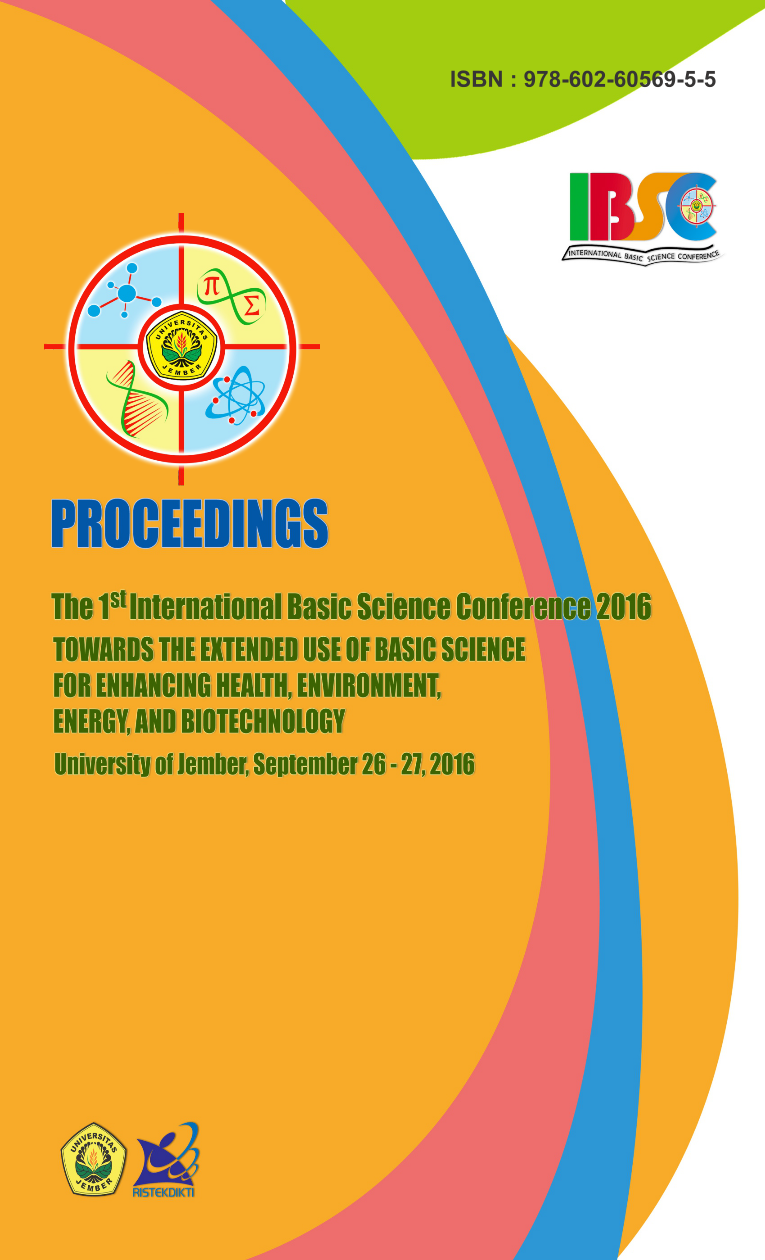BIOREDUCTION ADSORBENT (BIOSORBENT): RECOVERY TECHNOLOGY OF HEAVY METAL POLLUTION (CADMIUM/CD) IN POLLUTED LAPINDO WATER SOURCES USING BACTERIA AND DURIAN LEATHER
Abstract
Sources of water in three villages in Sidoarjo can no longer be consumed because it has been contaminated with heavy metals, one of them is Cadmium (Cd). Cadmium is a heavy metal that is dangerous after Mercury (Hg). Cadmium is dangerous because this element has high risk for blood vessel. Cadmium effects on humans in the long term and can accumulate in the body, especially the liver and kidneys. Handling heavy metal pollution can use biological organism, such as microbes and agricultural wastes. Previous research has identified indigenous bacteria that can reduce heavy metals Cd. From research Wildana et al. (2015) note that the efficiency of Cadmium biosorption by Lactobacillus acidophillus that has been immobilized can be seen from the percentage of removal of metal ions (% R) and the value biosorption capacity (qe). At the inlet concentrations low of 0.5557 ppm, the percentage of removal of metal ions (% R) obtained is the highest at 49.763%. Other researches have also demonstrated the ability of activated charcoal durian leather which can reduce Cd. Therefore, the authors took the initiative to combinate both the adsorbent to the hopes will be more effective at absorbing heavy metals Cd. Bacteria must be isolated prior to the media Na. Durian leather used to be carbonized and activated in advance with KOH.
Downloads
Download data is not yet available.
Downloads
Published
2017-08-08
Issue
Section
General


